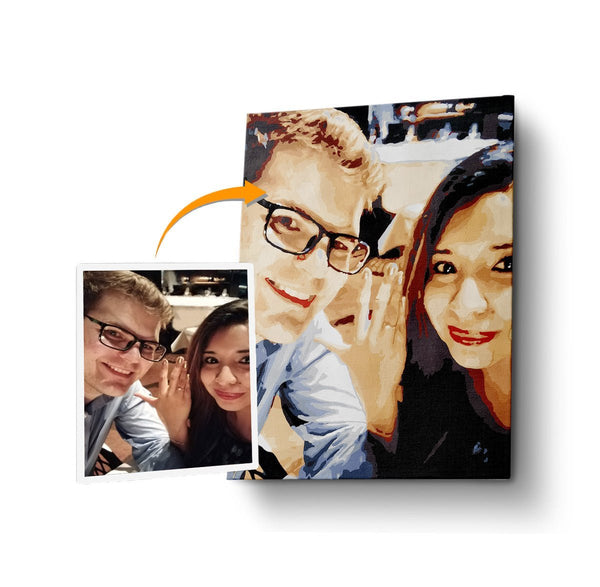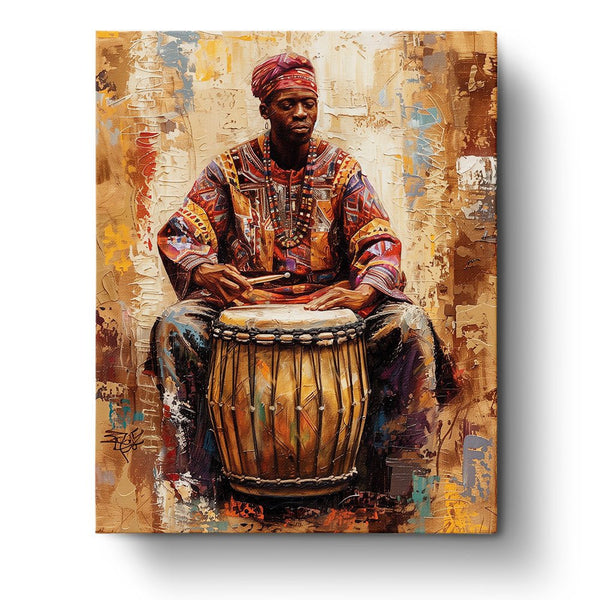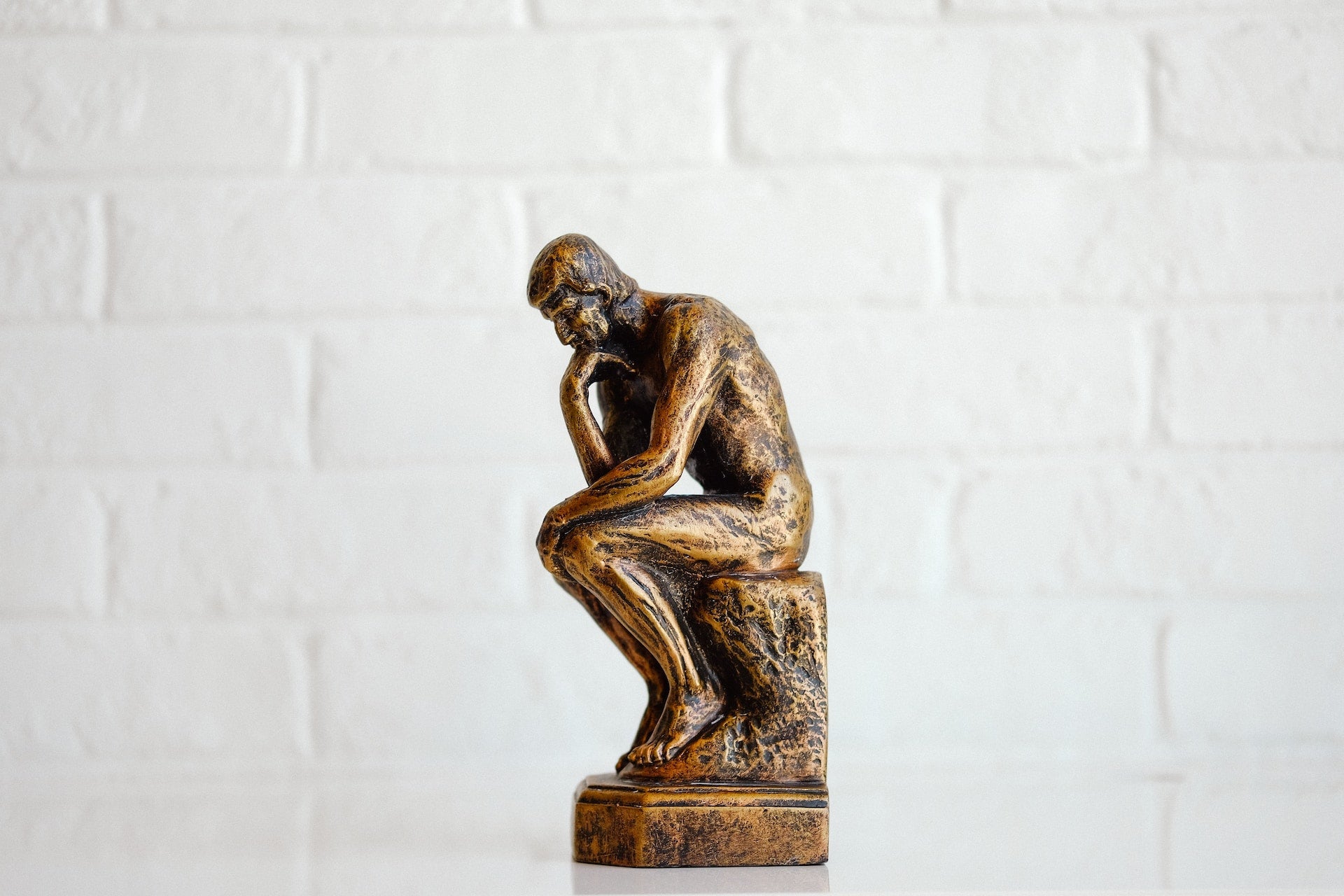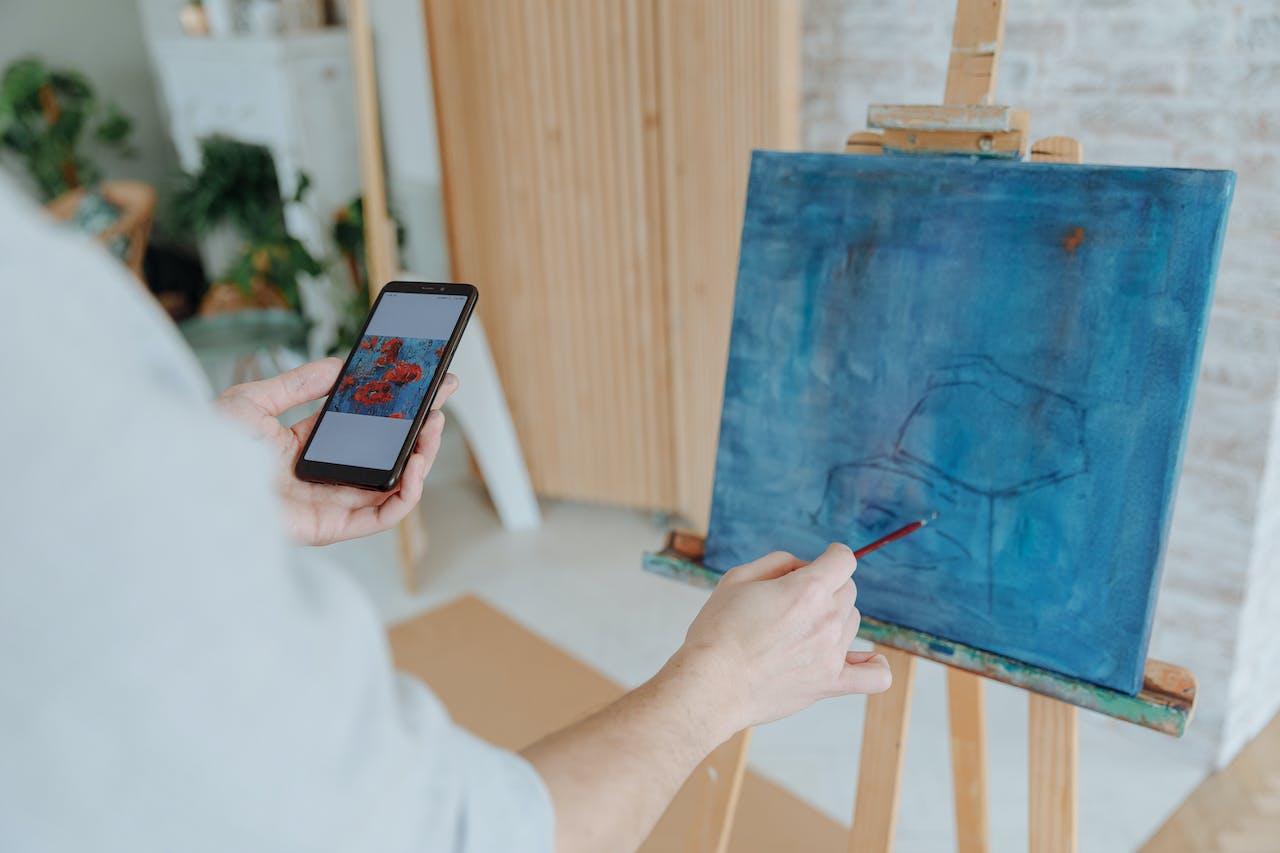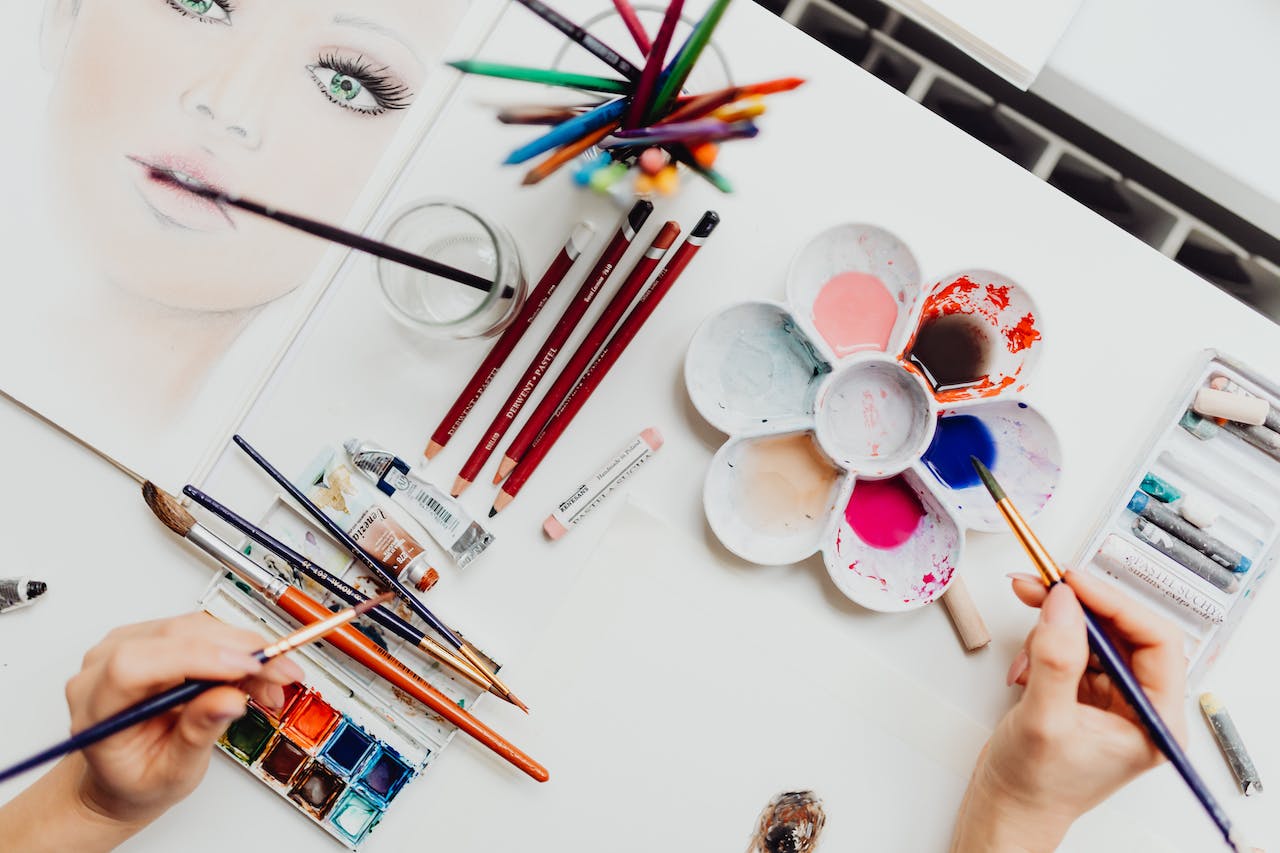
Basics of Painting that Every Beginner Should Know
Painting the first time may be a headache, particularly if you don't know where to begin. To prevent incidents like these, you must first understand the basics. People learn in different ways, but there are some essential principles that you must learn and discover if you want to be a great artist. Do you still feel that not everyone is cut out to be an artist? Note that every master started as a beginner.
It makes no difference how old you are, whether you have a fine arts background, or whether this is your first time handling a brush - if you wish to paint, you should do it! So without further ado, we will go through the fundamentals of painting that every novice should know.
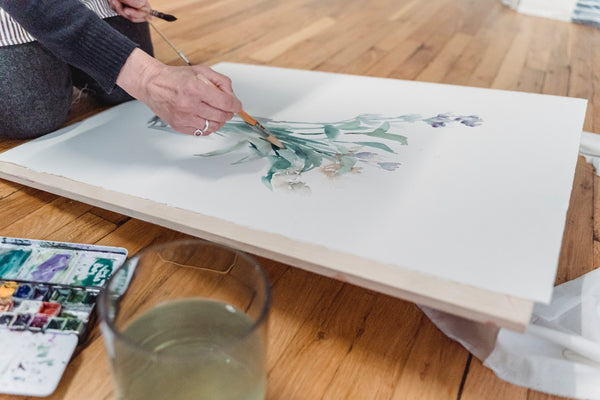
Is Learning the Basics of Painting Important?
Once you master the basic techniques, there is no doubt that it becomes easier for you to paint more complicated pieces such as landscapes or portraits. You can also use it as a stepping-stone towards becoming an accomplished artist!
What are the Benefits of Mastering the Basics of Painting?
- You will get better results.
- You will learn to be more creative.
- You will learn to enjoy the process.
- You will become more patient, which is good for your overall health, as well as your inner peace of mind and soul!
- Last but not least, you'll have confidence in yourself and your skills—something that's hard-earned but extremely valuable when it comes down to being able to share what we've learned with others, so they too can experience success through our work!

Basics of Painting 101
Painting is much more than simply acquiring painting tools and then splattering paint across a surface; it entails much more. Accordingly, painting is a time-consuming skill that requires training, focus, and persistence. There is no standard approach to learning to paint, but there are tools that can assist you along your creative journey. Here are the basics of painting that you should know as a beginner:
Start with a clean slate.
Start by choosing a good canvas. Choose one that is clean, especially if you are painting on it for the first time. A dirty canvas will make your paint look dirty and can cause issues with drying times.
Once you have chosen your canvas, make sure there are no blemishes in it before starting any sort of painting project. You should also wash out any dust or dirt from surrounding surfaces so that they don't interfere with your piece's vibrancy or texture later on down the road!

Choose your supplies.
Before you start painting, there are a few things that you should know. The first is: what supplies do I need?
The second thing is: what paint (or medium) should I use?
The third thing is: pencils or brushes for mixing your colors? And finally, how much canvas do I need for each painting project?
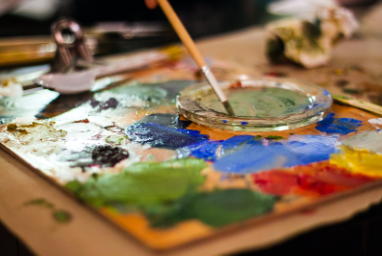
Set yourself up for success.
Here are some practical tips that you can follow:
- Use the right tools for the job.
- Choose the right materials for your project.
- Do your research and be prepared for what you're about to do!
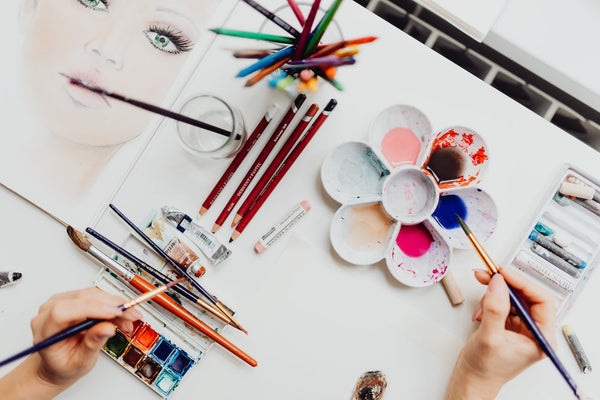
Check your subject matter.
Before you start painting, make sure that the painting is not too complex or small. If it's too small, then your canvas will be too small and this will cause issues with the paint spreading evenly across it. Check that there are no shadows or highlights in the subject matter unless they're intentional (e.g. if they're put there by lighting). It's very important that everything is even and well-illuminated so that nothing gets lost in translation when we start painting!
Lightly sketch your subject.
- Sketch your subject lightly.
- Use a pencil, not a pen or marker; they're too thick and make it more difficult to see the details of your drawing later on in the process (and they'll obscure them).
- Don't worry about whether this is how he/she looks in real life—as long as you like what you see, then that's all that matters! If things get out of hand or become overwhelming for some reason, just stop and start over again later on in Paint With BPBN instead until you feel comfortable enough with painting techniques to move forward into other areas such as shading or adding color layers on top of one another respectively.
Keep it simple!
The best way to learn how to paint is by focusing on the basics. Start with something simple, like a flower or a fence post. These will allow you to practice many of the techniques we'll talk about in this article and help you get used to using them before moving on to more advanced subjects.
You'll also be able to see what works for your style as well, which can be helpful when trying out different ideas later on down the line. And if something doesn't work quite right? Don't worry about it! A lot of these paintings will look rough at first anyway; there's no need for perfectionism here—just have fun with it!
Keep an open mind.
As an artist, remember this: don't be afraid to experiment.
Don’t be afraid of trying new things—you never know what you might end up liking! It's okay if your painting turns out to look like a disaster. Just keep trying and learning how your brush moves over the canvas and how much pressure you need on certain areas of the canvas for them to show up well on-screen.
The whole point of painting is patience as it involves touching up spots where colors blend or where colors are missing entirely due to being covered by another color while working on a larger piece. Sometimes mistakes happen during this process; however, they can also help inspire other artists who see something flawed within their work as well.
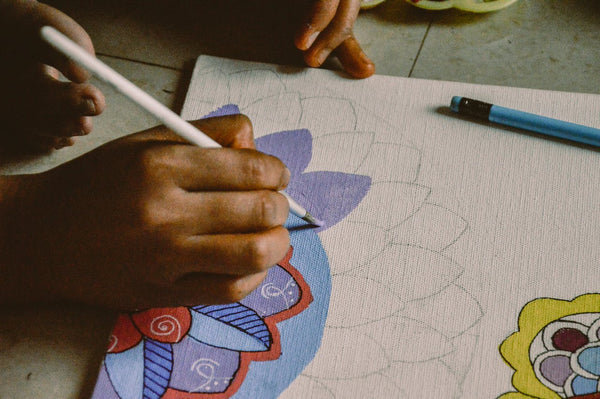
Takeaway: Painting is a wonderful way to express your creativity and have a great time!
Painting is a wonderful way to express your creativity and have a great time. While it may be difficult at first, learning the basics, constant practice, and exposing yourself to the world of art can make your artistic journey easier and more fun. Thus, painting is a great way to relax, express your feelings and moods, as well as learn new techniques.
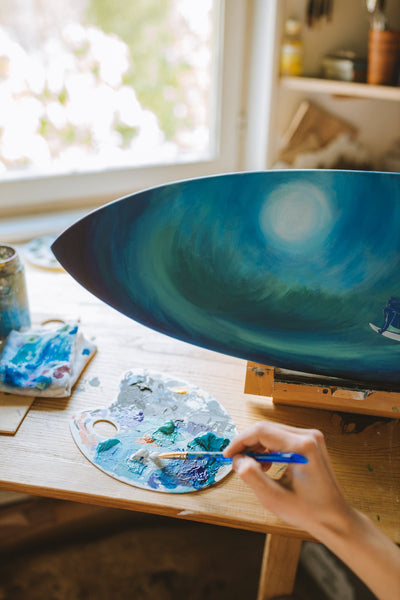
Conclusion
We've all heard the expression "Practice makes perfect." However, practicing takes time and effort. It might be difficult to recall that every artist was once a complete amateur while staring at a wonderful painting. Everyone has to start eventually, and it's okay if you're not sure what medium, paintbrush type, or other elements to utilize on your first canvas, we hope that this article enlightened you to become a better painter. Happy painting!


